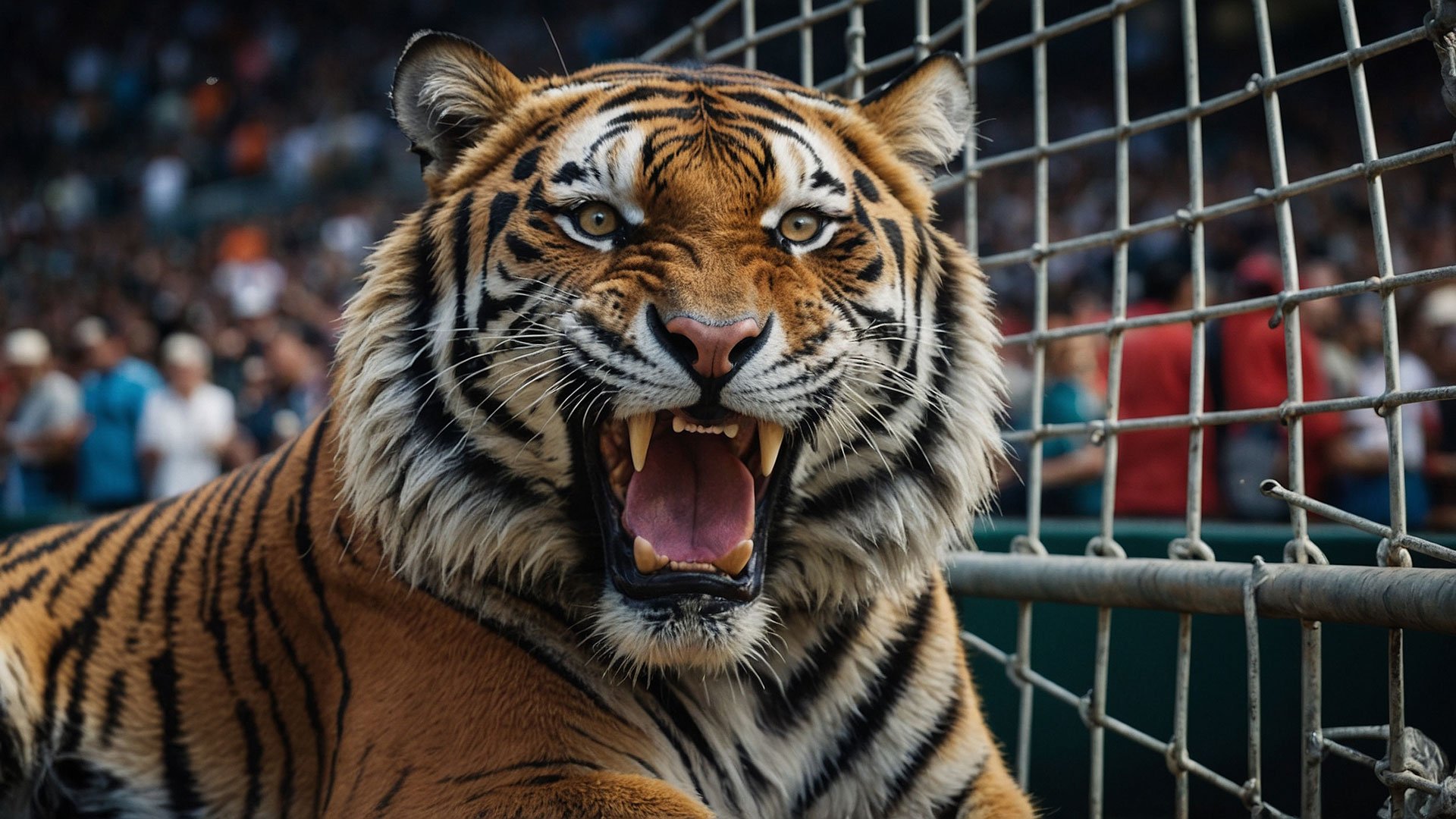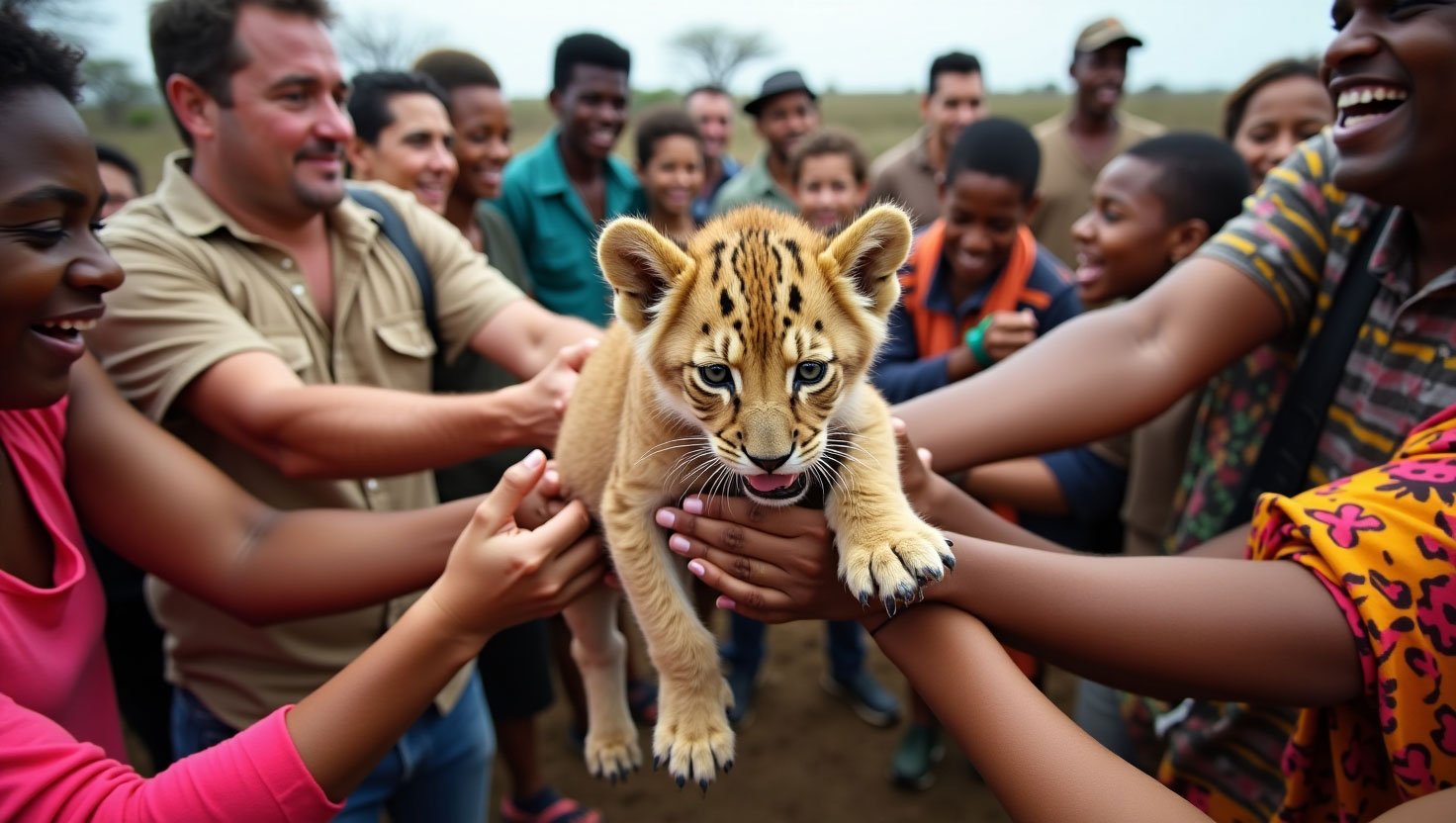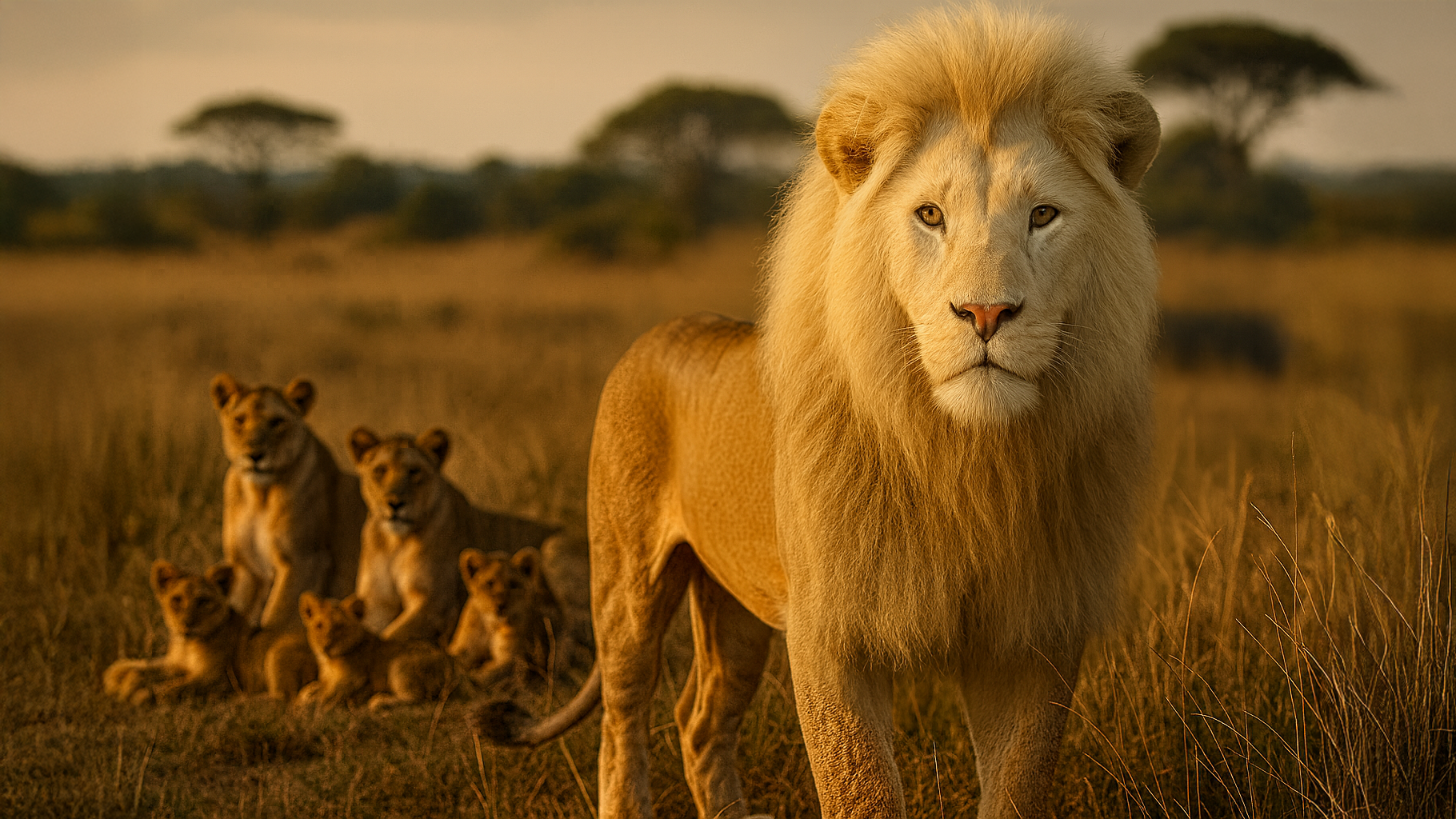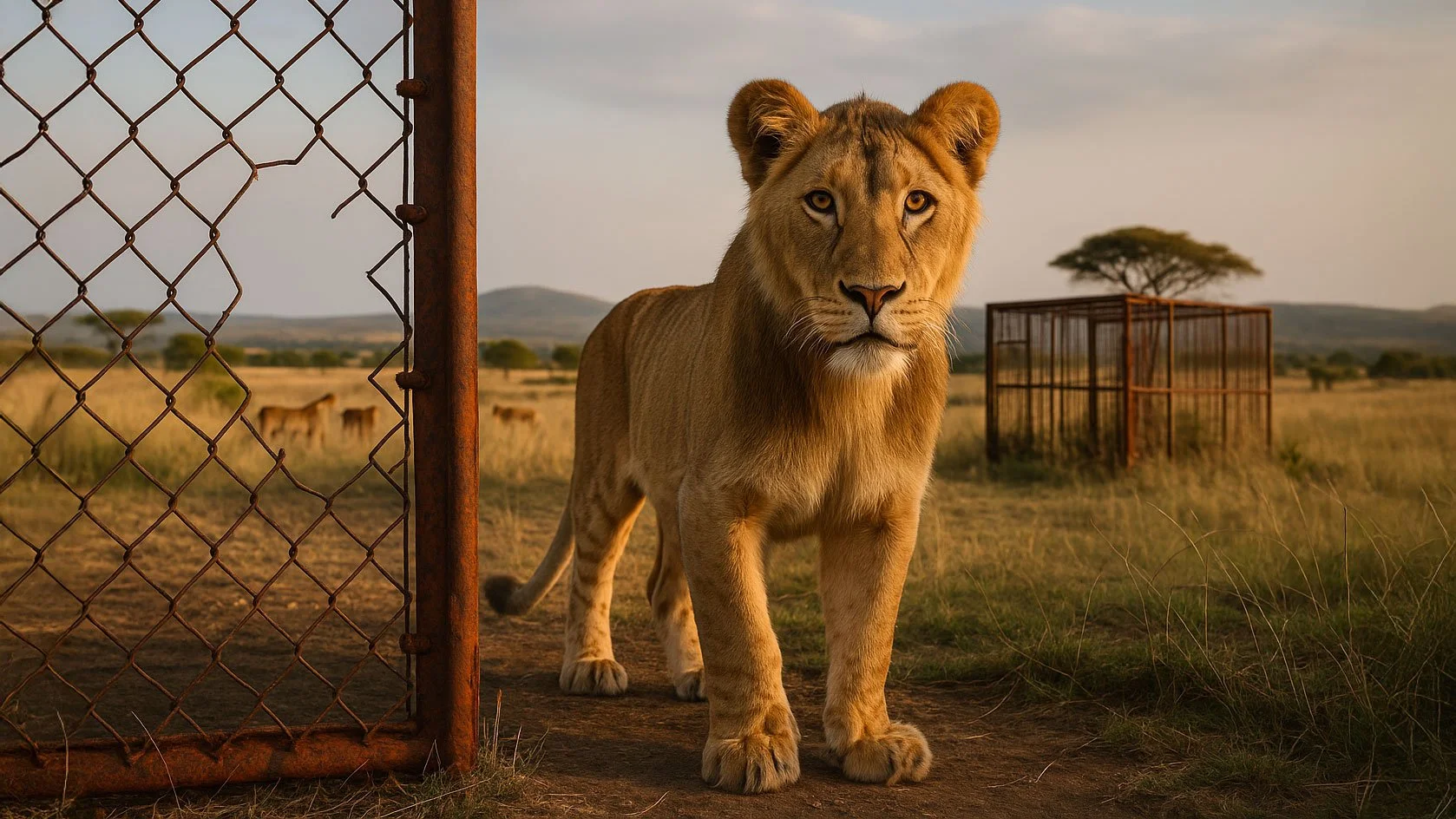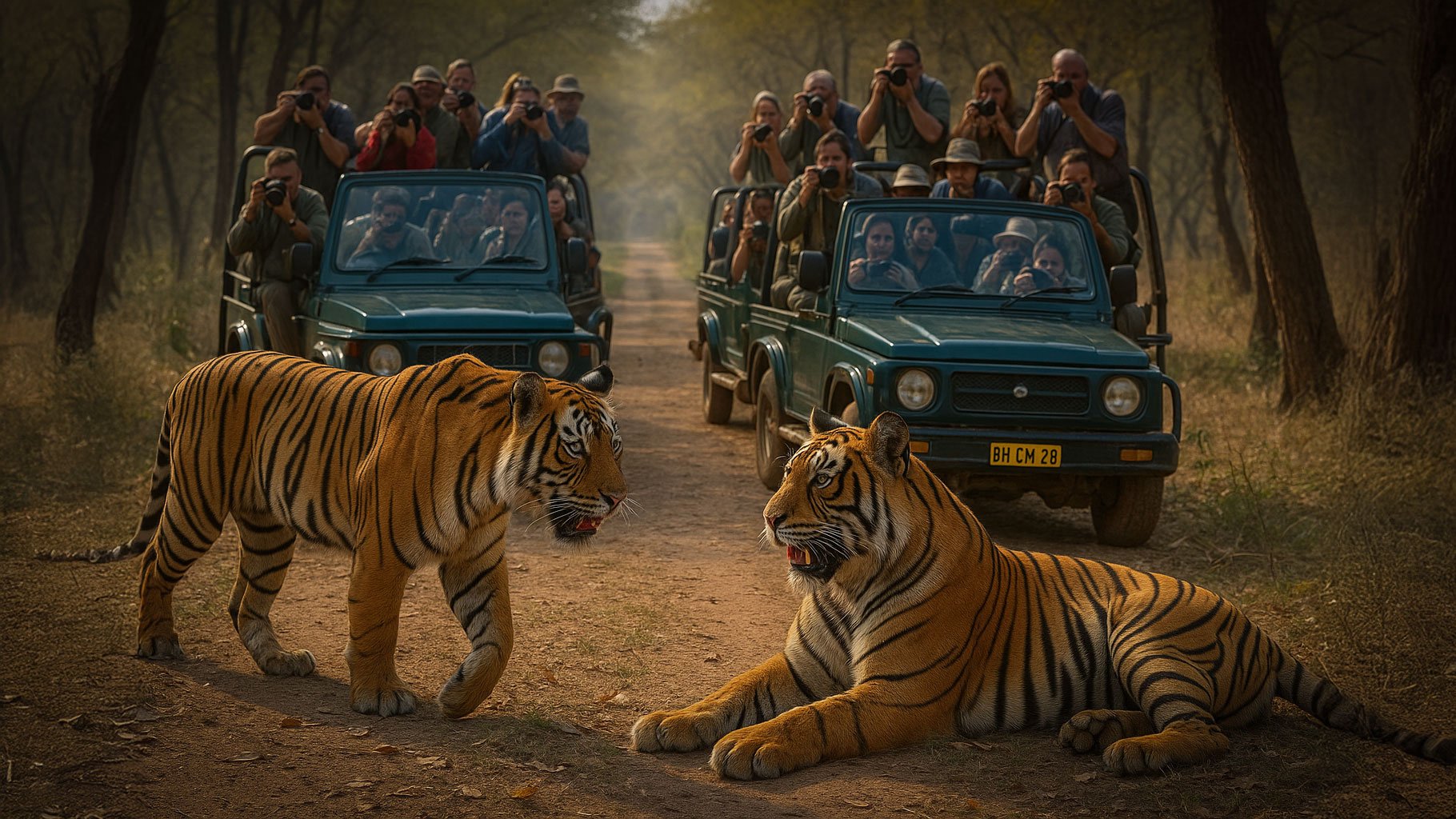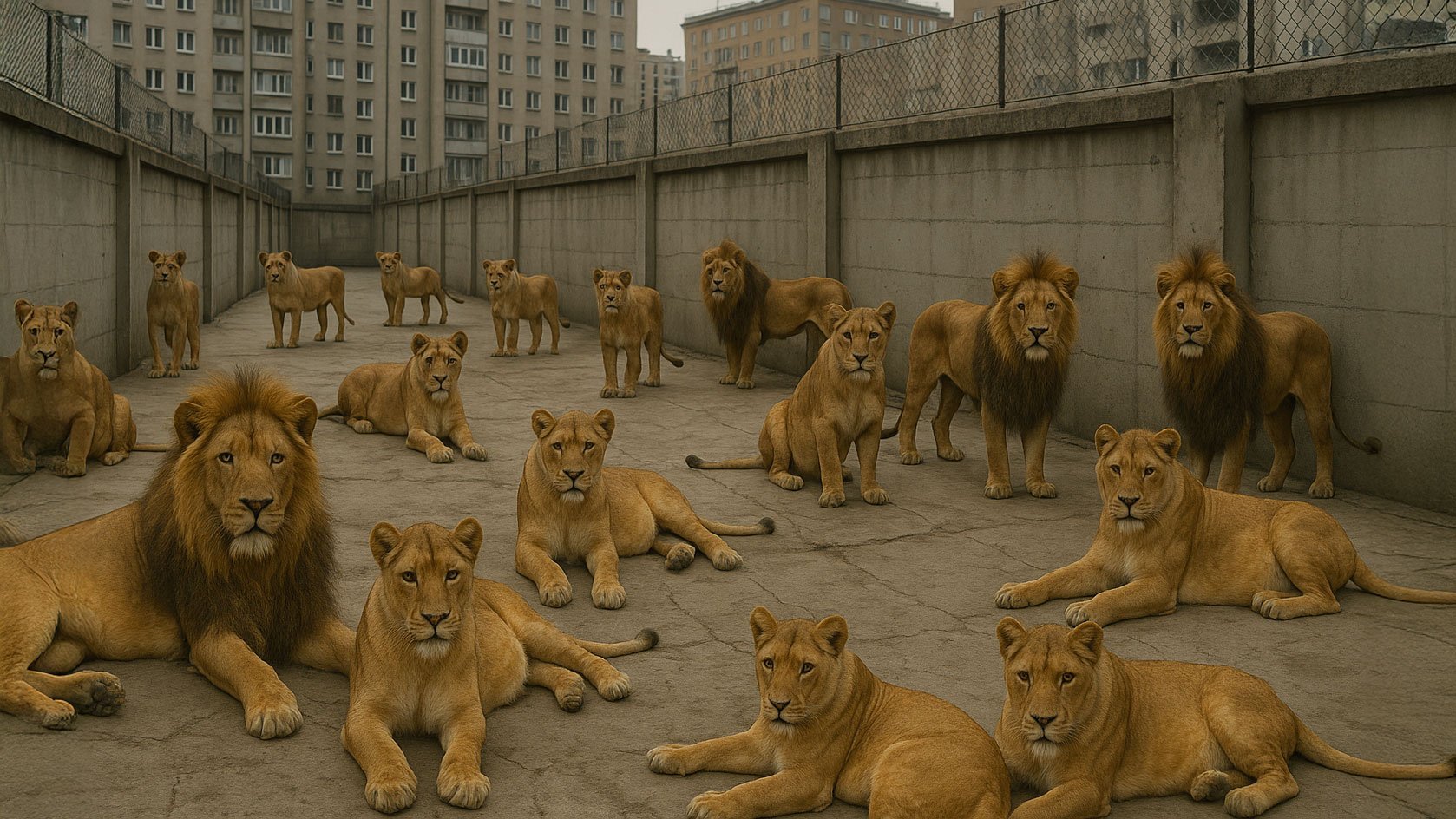From Sidelines to Sanctuaries: Rethinking Live Animal Mascots in College Sports
In the heart of American college sports, a longstanding tradition persists: the use of live animal mascots to rally fans and symbolize team spirit. While these mascots are cherished by many, a growing movement advocates for their retirement, citing concerns over animal welfare and ethical considerations.
The Tradition Under Scrutiny
Recent events have intensified the debate. In November 2024, Louisiana State University (LSU) faced widespread criticism for parading a live tiger before a football game—the first such occurrence since 2015. The tiger, observed pacing anxiously in its cage amidst the deafening roar of the stadium, highlighted the stress such environments impose on wild animals. Further controversy arose when it was revealed that the tiger was sourced from an exhibitor with a history of federal Animal Welfare Act violations.
The Ethical Dilemma
The core issue lies in the welfare of these animals. Stadiums, with their overwhelming noise, bright lights, and chaotic atmosphere, are far from the natural habitats these creatures are adapted to. The stress and fear they experience can lead to long-term psychological and physical harm. Moreover, transporting and displaying live animals for entertainment purposes raises ethical questions about exploitation and respect for wildlife.
A Call for Change
Recognizing these concerns, animal welfare organizations, including the People for the Ethical Treatment of Animals (PETA), have called upon the National Collegiate Athletic Association (NCAA) to implement a ban on live animal mascots at sporting events. They argue that as societal awareness of animal rights grows, traditions that compromise animal welfare should be reevaluated.
The Role of Conservation Organizations
Organizations like Big Cat Rescue play a pivotal role in advocating for the ethical treatment of wild animals. By supporting such groups, individuals can contribute to efforts that rescue animals from exploitation, provide them with safe habitats, and educate the public on the importance of preserving wildlife.
A Path Forward
While traditions hold sentimental value, it's essential to balance them with ethical considerations and evolving societal values. Universities can honor their mascots through alternative means, such as costumed performers or digital representations, which capture team spirit without compromising animal welfare.
Conclusion
The movement to end the use of live animal mascots in college sports reflects a broader shift towards compassion and respect for all living beings. By supporting organizations like Big Cat Rescue and embracing humane alternatives, we can uphold cherished traditions while ensuring the well-being of the animals we revere.
Learn more: https://www.speciesunite.com/news-stories/calls-for-a-ban-on-live-animal-mascots-at-us-college-sports-games
